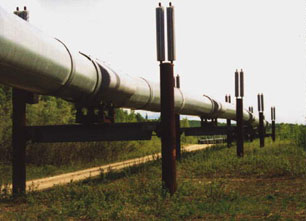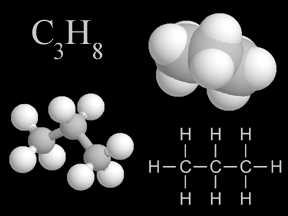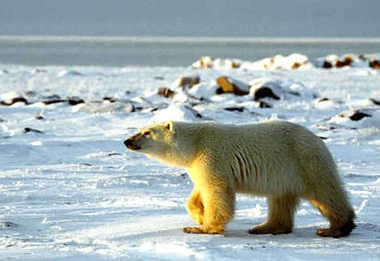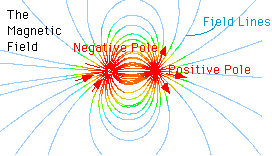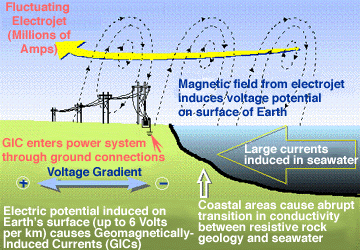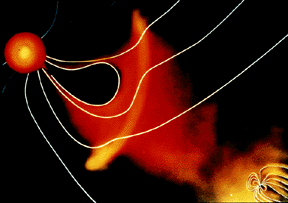Click on image for full size
Image courtesy of Donald D. Rice.
Space Weather Effects on Pipelines
Pipelines for transporting oil, natural gas, and water are often made of conducting materials like steel. Very long pipelines (thousands of kilometers/miles) are used to transport oil and gas at high latitudes, especially in the Arctic. Intense electric currents flow in the atmosphere at high latitudes during space weather disturbances. These nonsteady currents create fluctuating magnetic fields that are felt at the Earth's surface. By the process of electromagnetic induction, fluctuating magnetic fields induce currents in the Earth's surface. In regions with large concentrations of rocks that don't conduct electricity well (such as igneous rocks) the currents find the paths of least resistance and become concentrated in man-made conductors like pipelines. The currents flow between the Earth and the pipeline, causing increased corrosion of the pipeline.


